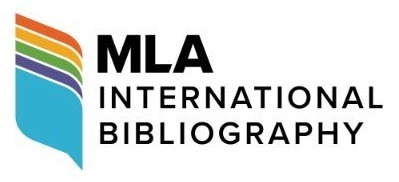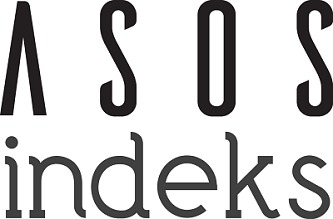JEANETTE WINTERSON’S THE STONE GODS: VOICING A POSTMODERNIST EMBODIMENT
DOI:
https://doi.org/10.47333/modernizm.2020265820Keywords:
Postmodern, Posthuman, Deleuze and Guattari, Jeanette Winterson, The Stone GodsAbstract
Jeanette Winterson’s The Stone Gods (2007) displays a new conceptualization of the body that tends to disfigure the unified perception of human subjectivity. In this fashion, Winterson renders a posthuman concept of the body that resists the notions of origin or end. Accordingly, The Stone Gods is a manifestation of posthuman bodies that transgress the boundaries and are in a ceaseless condition of becoming. In this sense, the posthuman body is not a stable and predetermined concept but rather it embodies continual change with an ability to produce alternative possibilities. Winterson’s perception of the posthuman body aligns well with Deleuze and Guattari’s concept of “becoming-revolutionary” through which they defy any kind of static conceptualization including human subjectivity. Within the Deleuzoguattarian perspective, becoming operates through making “assemblages” including human/machine, human/animal, and human/plant. The alliance that is formed by the process of making each assemblage produces multiplicities of bodies including the posthuman body. This type of body is neither human nor nonhuman, but it shapes a unique thisness, “haecceity” in Deleuzoguattarian terms, that is beyond gender and origin. Thus, the posthuman body acts as a threshold that allows the rhizomatic movement from one body to another one.
Downloads
Published
How to Cite
Issue
Section
License
Articles submitted to the Journal of Modernism and Postmodernism Studies to be evaluated for publication should not be previously published in any publication. In case the articles are accepted for publication, all publication rights belong to the Journal of Modernism and Postmodernism Studies. Author (s) must send the Copyright Transfer Form if their manuscript is accepted for publication in the Journal of Modernism and Postmodernism Studies. The author (s) should sign this form with a wet signature and upload it in the file upload section.
Although the Journal of Modernism and Postmodernism Studies takes the transfer of the publishing rights from the authors, it reserves the following rights:
- Patent rights.
- All unregistered rights other than copyright
- The right to reproduce the work for their own purposes, provided that they do not sell.· The right of the author to use all or part of the work in her/his own book and other academic works, provided that the source is indicated.





